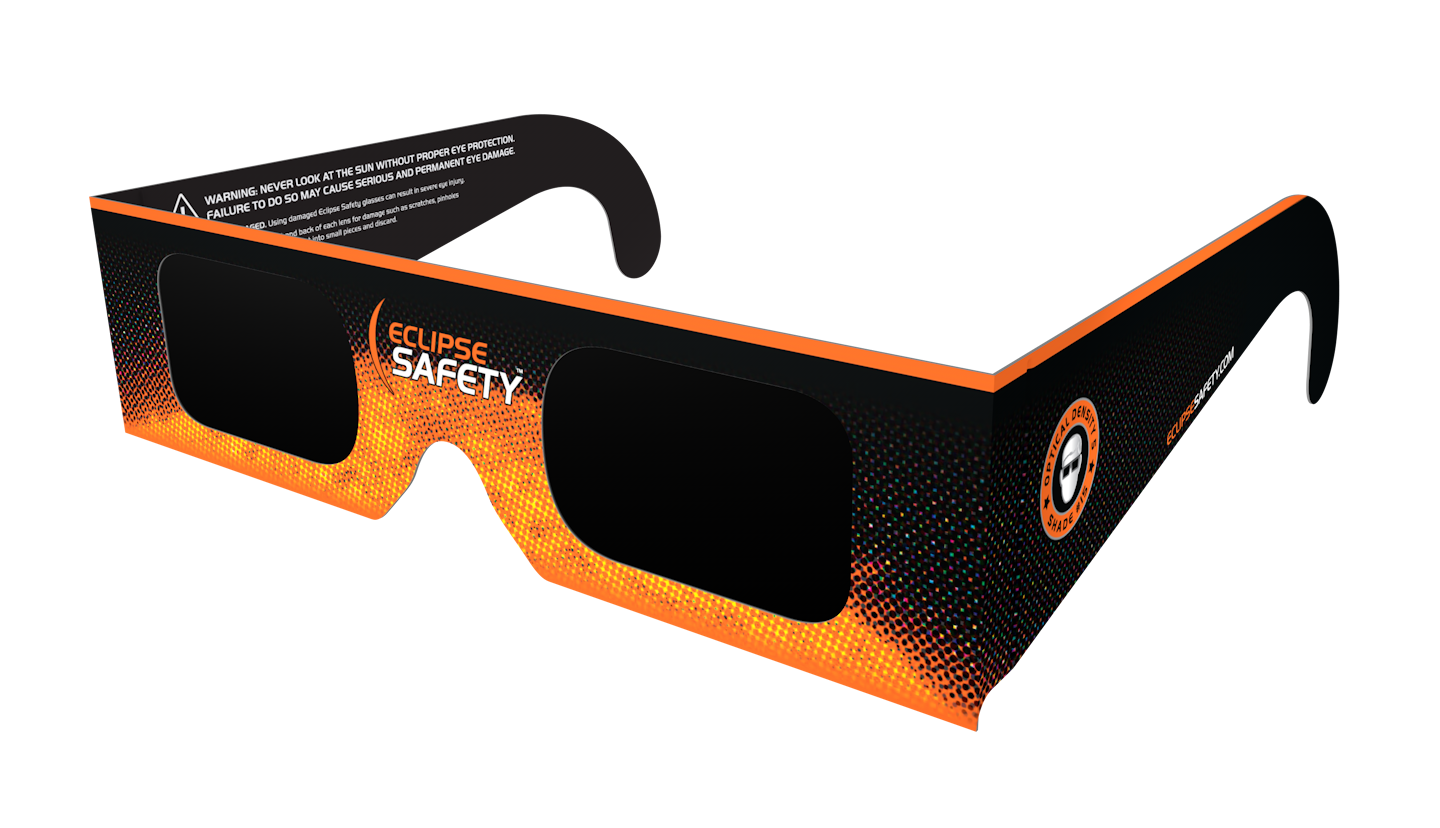
Solar Eclipse: Image: NASA, 2016.
The Great American Eclipse, 21 August 2017, may lead to innovations. Thomas Edison is said to have invented the incandescent light bulb after witnessing a total eclipse in Wyoming, USA in 1878. Just the year before, at the age of 30, Edison had invented the phonograph. Friends engaged Edison’s scientific and technical curiosity with word of an impending celestial wonder; a train ride to Rawlins, Wyoming ensued. The town was tiny: there was only one hotel and only one room left; Thomas Edison, Henry Draper, and the whole expedition bunked there and waited. The night before the eclipse, Edison recalled reclining outdoors and staring at the star-lit sky; suddenly the idea for a light bulb appeared. Perhaps Edison was also influenced by recent demonstrations of Pavel Nikolayevich Yablochkov’s arc lighting at the Paris Exposition Universelle of 1878. A few years later, Gustav Eiffel would open the Paris International Exposition of 1889 with the Eiffel Tower.

Wear special sunglasses to view an eclipse. For more, see: eclipse@siu.edu. Image: wikimedia.
Yablochkov’s arc lamps were used by early movie studios for indoor scenes, but produced so much ultra-violet light that actors had to wear sunglasses. Even more protective are the special glasses viewers must don to view the Great American Eclipse of 2017. MIT’s Haystack Observatory will study the eclipse effects on space weather with radar and navigational satellites. Nasa and scientists worldwide will study the space phenomenon from every place on earth, and above. Eyes on the sky: what inventions and innovations may result?
Building the World Blog by Kathleen Lusk Brooke and Zoe G Quinn is licensed under a Creative Commons Attribution-NonCommercial-NoDerivs 3.0 Unported License

